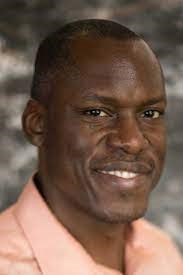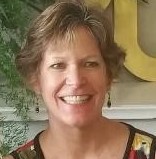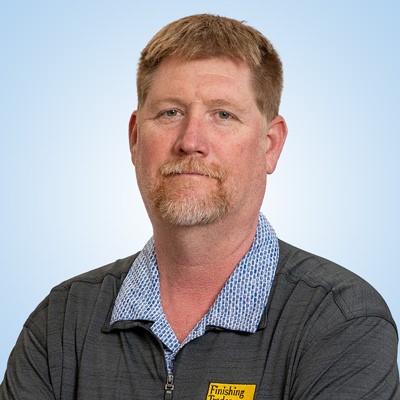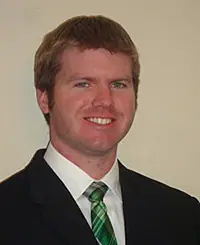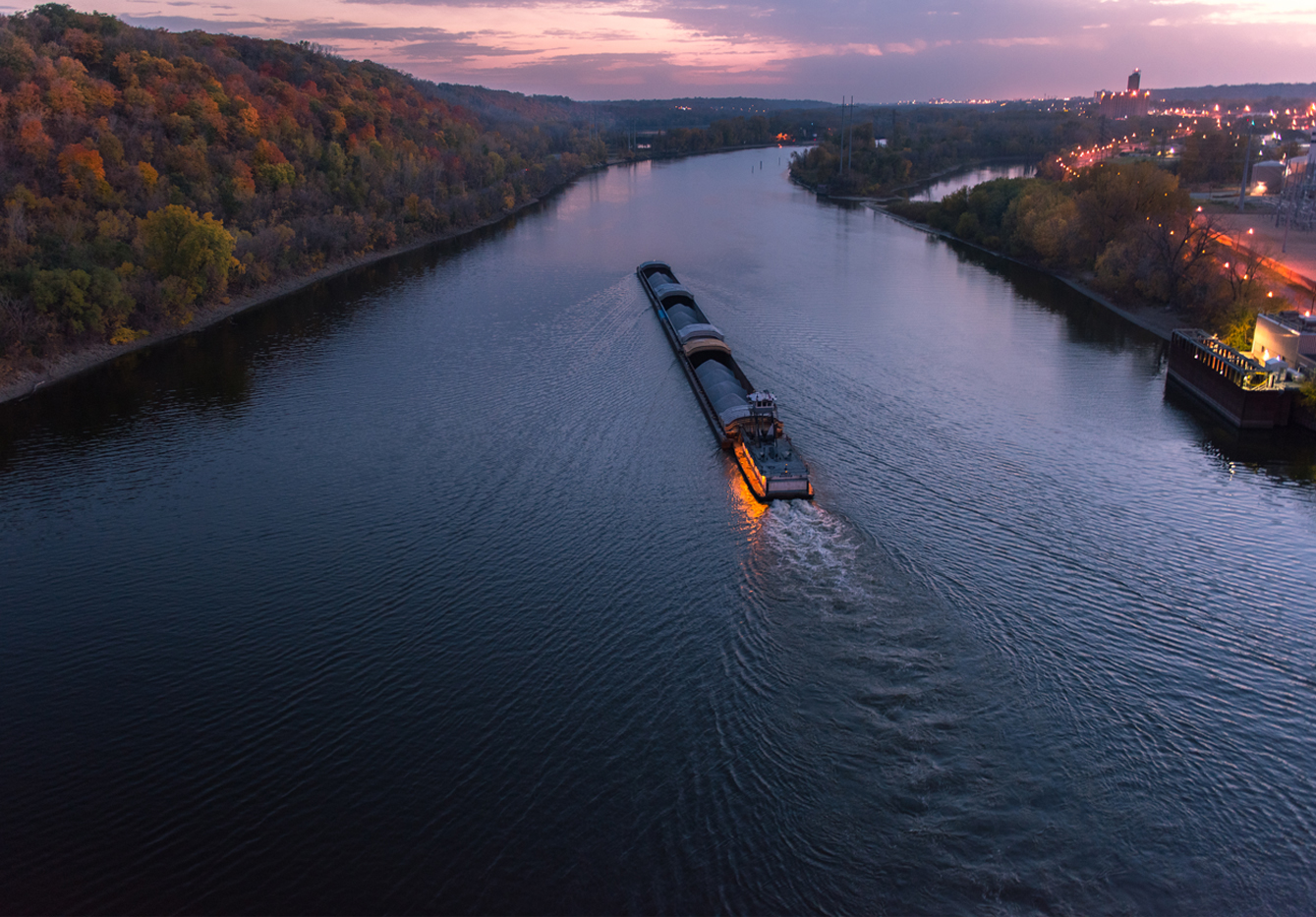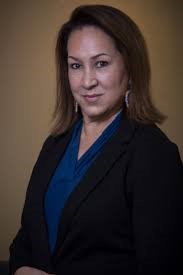
Sheri Riemers
Department: Workforce
Tell us about your background?
I am a member of the White Earth Nation of Ojibwe who has committed over 34 years of dedicated service within the American Indian community. I have a passion for fostering change that positively impacts American Indian children, youth and families, and individuals that are impacted by historical trauma and the social impacts around social services, chemical and substance abuse, and criminal justice inequities that have compounded over time. My years of dedication, visionary leadership and executive oversight have allowed me to navigate complex systems and advocate system change that impact our community today.
Share about your work at the Ain Dah Yung Center?
As the current Interim Executive Director, my core focus encompasses our mission to provide a healing place within the community for American Indian youth and families to thrive in safety and wholeness at the Ain Dah Yung Center (ADYC). Guiding and inspiring our team to help move families, children, and young adults beyond crisis-oriented services through culturally specific programs and interventions. It is vitally important that we continue to inspire to create holistic solutions-based approaches that address the whole person, family, and community. We strive in promoting culturally responsive services that help our youth in the Twin Cities imagine a hopeful, safe, and independent future.
ADYC recognizes that the only effective way to address these traumas and disparities is to walk alongside youth to create a foundation for reestablishing positive cultural identity, self-esteem, and healing. ADYC achieves this through our holistic, culturally responsive model. While several agencies serving homeless young people are available in the Twin Cities, agencies incorporating Indigenous cultural practices are absent. ADYC’s culturally responsive continuum of housing programming and support services therefore stands apart and has proven uniquely successful, helping unsheltered Indigenous youth achieve housing safety, stability, wholeness, and self-sufficiency.
What are the biggest challenges you are seeing for young people in our community at this time?
The truth about our young people, that disparities hit our community the hardest, being 2% of the overall population with disparities between 11-17% higher than other communities and the impacts, can be devastating. Higher rates of chemical/substance abuse, child protection involvement resulting in years of out of home placement in foster care with non-relatives, suicide, juvenile justice involvement and incarceration, and youth homelessness.
American Indians have the highest disparity of homelessness in the state of Minnesota. A devastating 22% are youth. We are also dealing with a huge gap of young people between the ages of 18 – 24 who are falling back into homelessness due to simply turning 18, aging out of foster care, exhausting transitional housing support services, their family is homeless, or that young person gets kicked out and not being accepted due to their identity. This is compounded by the lack of system acknowledgement and supports for the need of young people.
Where do you see the most opportunities for our young people?
Over the decades our people, young and old, continue to remain invisible within systems responsible for compounding the trauma felt by my people. There is a new commitment being felt and seen -- and that community organizations and those with lived experience are being invited to the conversation at Ramsey County. Being seen and heard is vital to the healing. Safe and stable housing and employment opportunities are key to breaking the cycle. Workforce Solutions is a model example of taking forward steps and jumping in, meeting, and collaborating with youth serving organizations, asking what the issue are - what’s working, what’s, not, and what would it take to move the dial and truly meet our young people where they’re at and get our young people the services that work for them. Importantly, without being prescriptive. One that acknowledges the challenges and willing to rethink what success looks like -- and acknowledges timelines might look different for our youth depending on where their at with social impacts, chemical and mental health, justice system involvement, housing, and community connections. Ramsey County Workforce Solutions has done all this to listen, pull in the experts, lived experience on the ground and move to create opportunities. Understanding that this will look different. And looking at systems and policies, and how we move or potentially change policy to meet the challenges to inspire our young people -- and truly create REAL opportunity for these young people who would have otherwise gone unseen and unheard. I’m excited about the futures of our young people -- and the hope of building a collaborative model that works with and for them to achieve safety, stability, wholeness, and self-sufficiency.


